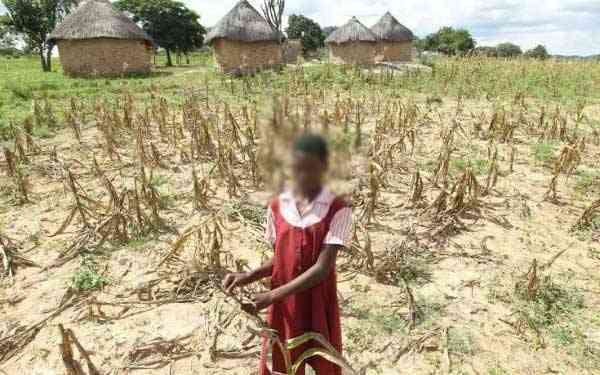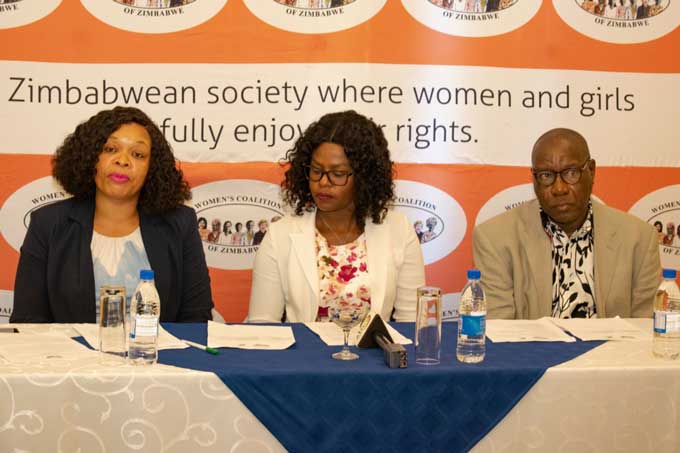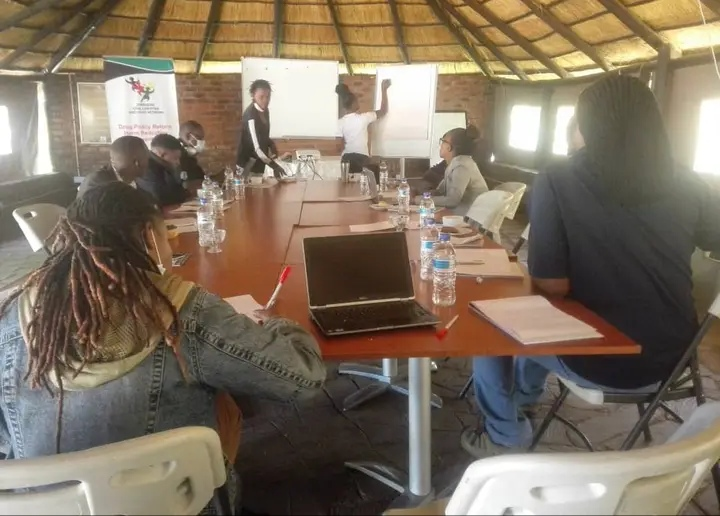
IN 2015, global leaders, negotiators and activists met for the 21st annual climate discussions, under the Conference of Parties (COP21) banner. During the event, held in France, a raft of resolutions were made in response to climate change and its inevitable repercussions.
During COP21, the international treaty that has become known as the Paris Agreement, was drawn up, spanning climate-change mitigation, adaptation and financial support.
The legally binding document, ratified by 195 out of 198 Parties to the convention to date, provides a framework for offering financial, technical and capacity building support to countries that need it.
“The Paris Agreement reaffirms that developed countries should take the lead in providing financial assistance to countries that are less endowed and more vulnerable,” read its provisions partly. “Climate finance is needed for mitigation, because large-scale investments are required to significantly reduce (carbon) emissions.”
Data shows that fossil fuels account for over 40% of global energy production greenhouse gas (GHG)/carbon emissions that cause climate change.
To avoid the catastrophic consequences of such anthropogenic activities, many resolutions, including the fast tracking of a global renewable energy transition, were made in Paris.
Clean energy alternatives like solar, wind, green hydrogen and hydro would mean a significant reduction in emissions and eventually guarantee that the world has a real shot at achieving Net Zero by 2050. In the short-term period, stretching until 2030, the world agreed to reduce emissions by 45% to limit global warming below 1.5 degrees Celsius. Both possibilities are fast fading amid insufficient climate financing, meaning that fossil fuels continue to dominate.
‘No finance, no transition’
- Foregrounding the capture of climate finance to developing countries
- Ceteris Paribus: COP27 through African lens
- Quantifying Africa’s emissions for carbon credits
- African leaders urge West to live up to climate change pledges
Keep Reading
To achieve a meaningful transition and lessen carbon emissions, the world needs to be united and not leave behind the financially underprivileged countries, which bear the brunt of both energy poverty and climate change effects.
At COP26, six years after COP21 in Paris, the West emphasized an annual pledge of US$ 100 billion to help less-developed countries mitigate and adapt to climate change. Currently, however, climate financing has proven insufficient, undermining the energy transition plan.
According to Zimbabwe’s president Emmerson Mnangagwa, this triggered contention between developing countries (in Africa, parts of Asia and Latin America) and developed countries—at COP26.
“They [developed countries] made commitments [and] if indeed they honour the commitments, well and good, we will then use their finance to generate green energy but in the absence of that, I for one would not abandon using thermal power in order to modernise and industrialise Zimbabwe,” Mnangagwa told Africa’s leaders at the Africa Green Revolution Forum last year.
At the “green revolution” meeting, the comments – which are ironic but not completely irrational – were applauded by the continent’s leaders.
In pursuit of development, developed countries used fossil fuels and mainly thermal power from coal to sustain its manufacturing industries. This not only led to massive environmental damage but human-induced climate change that necessitated urgent efforts to divert from the destructive path by the turn of the millennium.
Developing countries across the world are currently racing to modernise and are finding it hard to abandon dirty resources like coal in favour of cleaner ways to satisfy the needs of their energy poor and rapidly growing populations.
In the case of Zimbabwe, the country has ratified the Paris Agreement, submitted ambitious nationally determined contributions, as well as established well-meaning policies including the National Renewable Energy Policy and Low Emissions Development strategies. Given insufficient green funds, however, the process is proving arduous.
“I may have misunderstood but I felt that the first world was looking at us leapfrogging to embrace green/clean energy,” said Mnangagwa, mentioning how the West used dirty power sources during the Industrial Revolution.
“We must be allowed and given reasonable transition (time) to move away from thermal power to green energy. We must be given a sufficient transition period so that we move but if they want us to leapfrog to their level, they must pay the cost.”
As time is in short supply, there is an urgent need for climate finance to maximise on this political will.
Seeking a new way forward
Scientific research has revealed that, given the current trajectory of significant dependency on fossil fuels and the lethargic pace of the energy transition, the world’s temperature is set to rise way above both the 2030 and net-zero targets, spelling doom for the future.
Poorer countries will need to be assisted, not only financially, but also with technological advancements and expertise. Recent findings by the International Renewable Energy Agency (IRENA) show that the opposite is happening.
IRENA revealed that Africa only received 2% -US $60 billion- of the US$2.8 trillion of renewable energy finance that was invested globally in the last two decades.
“Developing countries need resources to build infrastructure, know-how to develop enabling frameworks and human capacity to play a part in the transformation of the global energy system,” IRENA director-general Francesco La Camera said in an address to world leaders, industry CEOs, global partners and allies at COP27.
IRENA estimates that the African continent needs annual investments of up to US$70 billion in renewable energy projects until 2030 for an effective clean energy transition to take place.
Renewable energy access, the institution says, would increase energy security, create green jobs, and support key developing outcomes such as improved healthcare and education.
Aside from the finances for infrastructure, there is also an urgent need to invest in technological development and transfer to improve resilience to climate change and reduce GHG emissions as stated by the Paris Agreement.
Meanwhile, there is no doubt that the (albeit insufficient) funding trickling in from wealthy countries has been of help setting Africa’s transition in motion.
However, to significantly achieve its ambitious clean energy targets, the continent, which is endowed with massive green power potential, needs more than partially implemented promises, inconsistent global policies and bickering over funding.
There is a need for consensus in commitment towards binding targets and timelines. Since countries have professed their willingness to help, sufficient funding is still lacking.
It is high time that the developed world adheres to its own set rules. Failure to do so will mean that energy poverty, droughts and extreme weather will continue to emerge as a result of intensifying climate change. — energytransition.org










